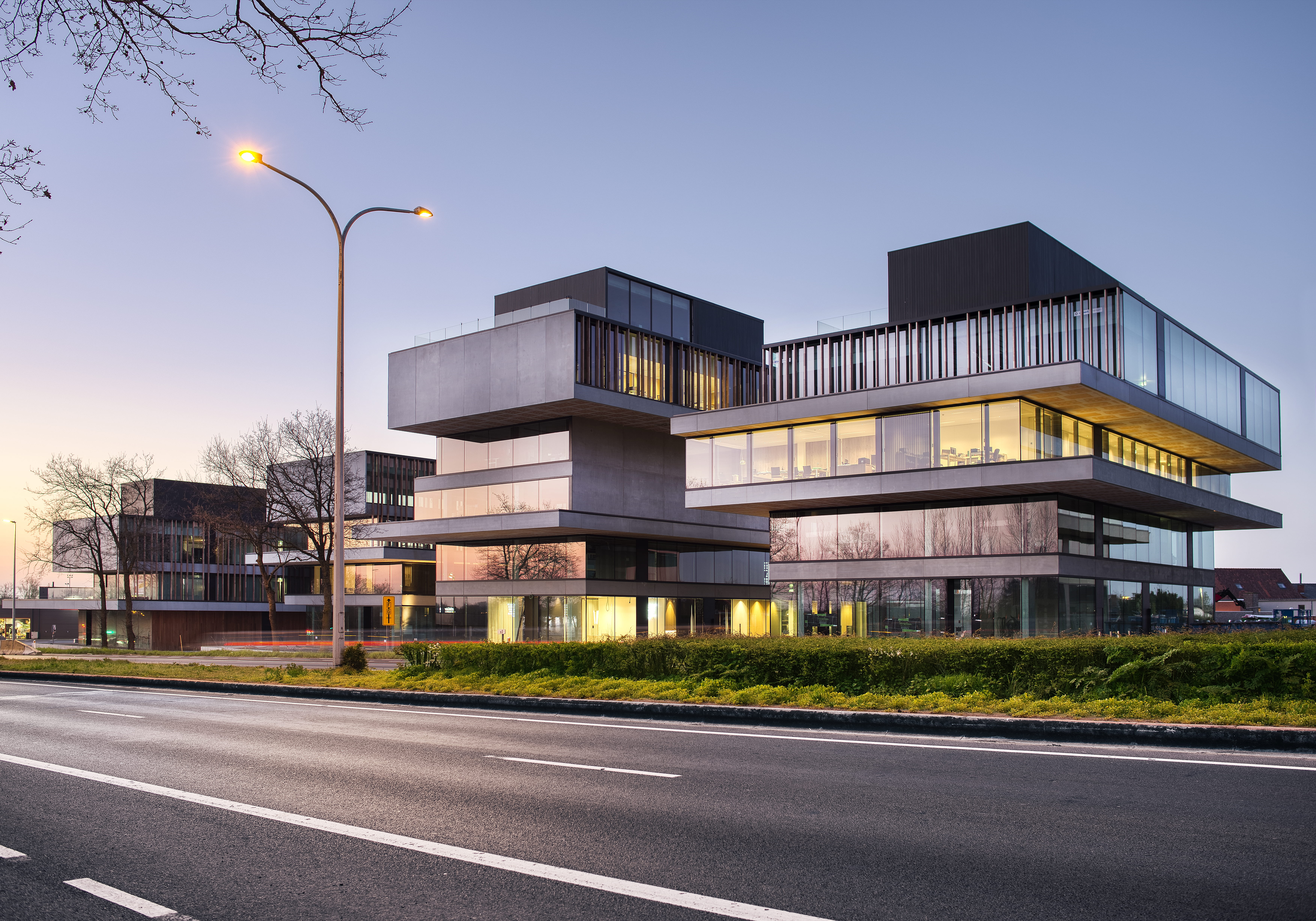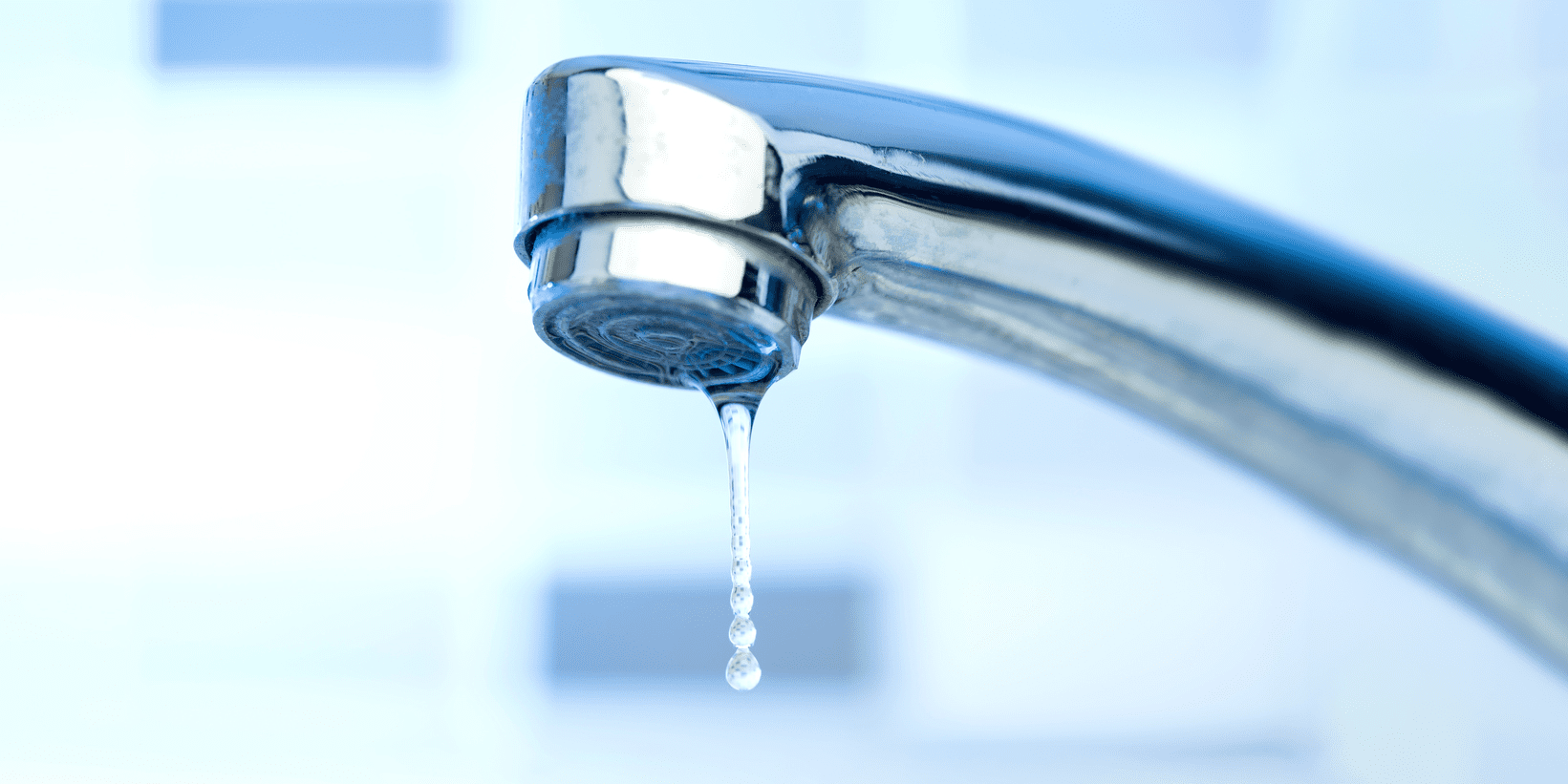
The real estate investor and project developer ION promotes sustainable operations in a climate-friendly manner. Concretely, they make it as easy as possible for end-users of their real estate projects (residential and commercial) to reduce their environmental impact through the use of heating networks, green mobility, collective boilers and green roofs, etc.
We spoke with Daan Ver Eecke, marketing manager, and Peter Haelvoet, office and facility manager, about ION’s good practices regarding the environment.
ION’s carbon neutrality
Sustainability is not a tentative greenwashing to attract clients for ION. They always aim for the most sustainable solutions while ensuring the minimum possible footprint. The inevitable remaining CO2 emissions are calculated each year by their partner CO2logic, taking electricity, heating and also commuting into account. The amount computed represents the CO2 compensation necessary for ION to be completely climate neutral. To offset their emissions ION supports the ‘Saving Trees’ project in Uganda. This NGO distributes ovens that require less wood and produce less smoke than wood fires mostly used in the region. Each oven emits 2 tons less CO2 per year and they are produced locally. Hence, the pressure on the forest is lessened, a family uses half the wood and saves about 100 dollars a year.
How to approach sustainable buildings? The example of Waregem Business Park
The ION company building in the climate-neutrally built Waregem Business Park is a perfect example of the firm’s commitment to sustainability. The construction’s daily CO2 emission is reduced to the least thanks to geothermal energy, green roofs and smart water management. As Daan added, “sustainability is one of our pillars, it’s in our DNA. So we take sustainable actions in all of our projects”.
Talking about smart water management:
ION equipped the Waregem company building with Shayp’s technology for water management. Shayp identifies water leaks in buildings in real time. Shayp provides access to monthly reports to see the number of leaks repaired, how much water was saved and how CO2 emissions were avoided. Making sure to reduce water pumped in and sanitation of drinkable water reducing emissions as well is perfectly in line with ION’s sustainable strategy. Even in a building as new as the Waregem Business Park constructed three years ago, leaks can occur. And no loss of water can be sustainable.
The construction of Waregem was equipped with Shayp’s device in September and soon detected a leak in the toilets of 6L/ sec an hour after it started on the ground floor.
Peter Haelvoet directly received the notification of a leak from Shayp. He was then able to switch off the toilets on the same day and a plumber could repair the toilets. He stated that on “On [the] moment we could see that the Shayp’s system worked (…) otherwise it would have taken a few days or even weeks to detect the leak”.
Since the commercialisation of Shayp 1 billion liters of water were saved, or the equivalent of 300 Olympic pools and 171 tons of CO2 emissions were avoided.
If like ION you would like to implement sustainability in your building book a free demo with our experts.

